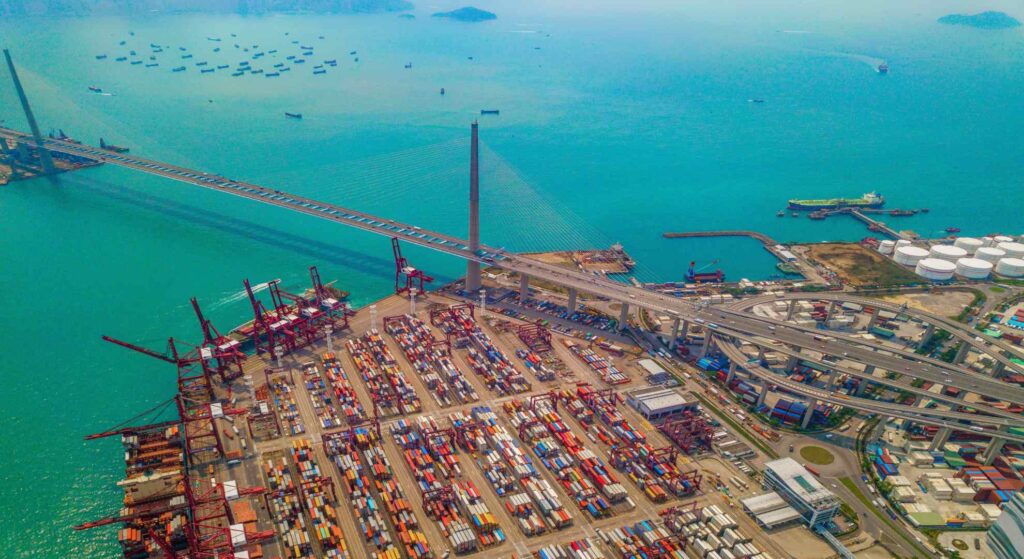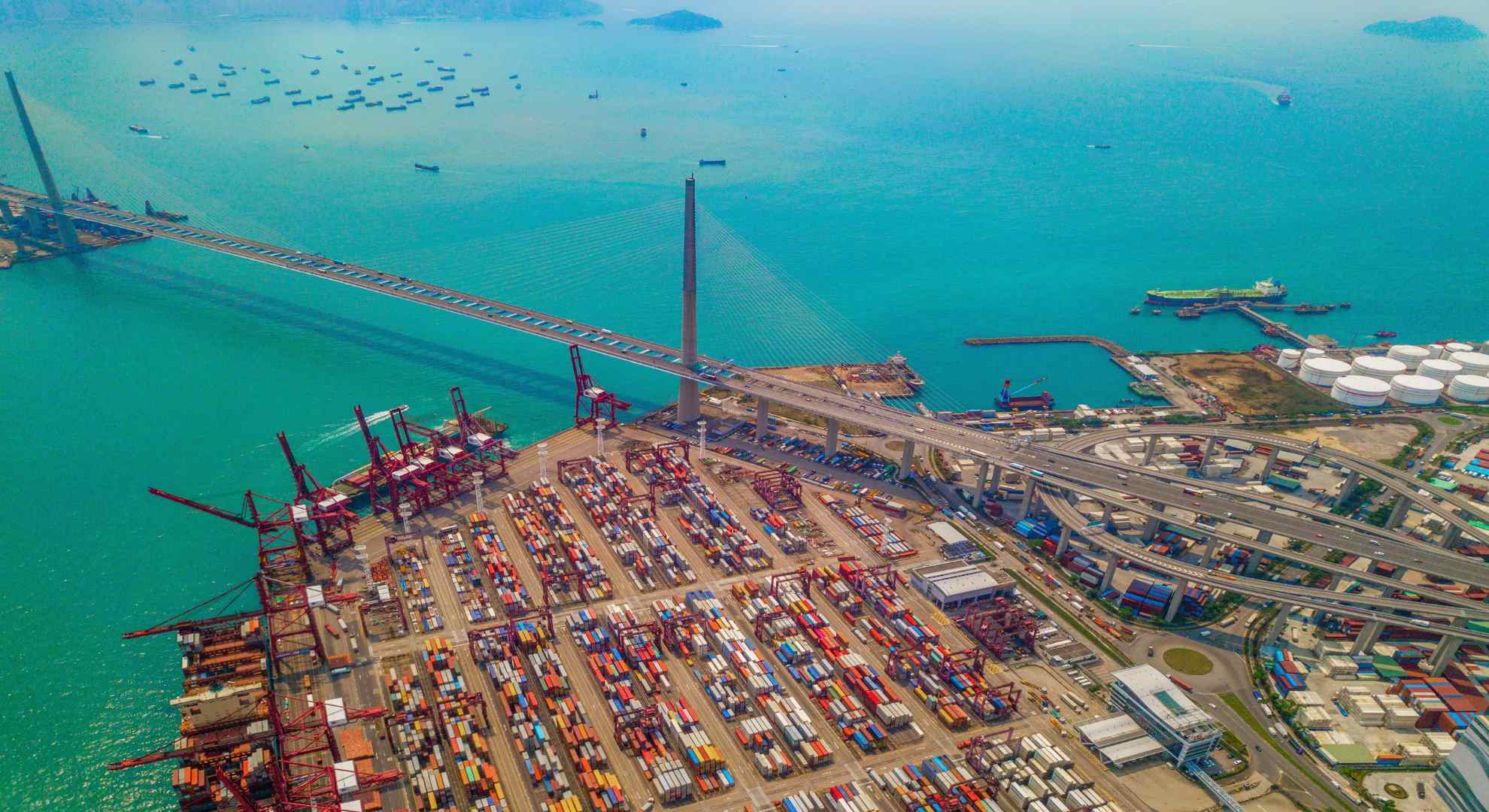Pakistan’s Regional Connectivity Vision | Trade Gateway
Strengthening Regional Ties: Pakistan’s Connectivity Vision
In the 21st century, the global economy is increasingly driven by regional integration, shared trade frameworks, and logistical cooperation. For Pakistan, a country uniquely positioned at the crossroads of South Asia, Central Asia, the Middle East, and Western China, the vision of regional connectivity is a key component of its national development strategy.
Pakistan’s evolving role as a transit corridor, trade facilitator, and logistics hub is reshaping not only its own economy but also the future of trade across the Asian continent. Through initiatives like CPEC, Gwadar Port, transit trade agreements, and digital reforms, Pakistan is making determined progress toward realizing its potential as a regional bridge.
Geostrategic Importance: A Natural Gateway
Pakistan’s geographical location provides it with significant connectivity advantages. Sharing borders with China, Afghanistan, Iran, and India, and with access to the Arabian Sea, Pakistan serves as a natural gateway for landlocked Central Asian Republics (CARs) and western China to access global markets.
This connectivity potential is not just theoretical. It has been actively pursued through the development of modern road and rail infrastructure, improved border management, and international partnerships. Pakistan is increasingly being viewed as a link between economic giants—China, the Gulf states, Central Asia, and South Asia.

CPEC: Infrastructure Backbone of Regional Integration
The China-Pakistan Economic Corridor (CPEC) is the most significant development initiative in Pakistan’s recent history. A flagship project under China’s Belt and Road Initiative (BRI), CPEC represents over $60 billion in investment, with projects ranging from energy production to transportation networks.
Key highlights include:
- Modern highways like the Eastern and Western Routes connecting Gwadar to major cities and borders.
- The ML-1 railway upgrade, enhancing north-south cargo movement.
- Special Economic Zones (SEZs) along transit corridors to attract investment and manufacturing.
- Gwadar Port, envisioned as a maritime trade gateway not just for China but for the entire region.
Through CPEC, Pakistan is evolving from a bilateral trade partner into a regional logistics facilitator, connecting economies across Asia.
Gwadar Port: The Maritime Link
At the heart of Pakistan’s connectivity vision lies Gwadar Port, strategically situated on the southwestern coast near the Strait of Hormuz. Unlike Pakistan’s traditional ports in Karachi, Gwadar is designed to function as a deep-sea, multi-purpose port with the capacity to handle transshipment for:
- China and CARs
- The Middle East and Africa
- Afghanistan and western China
The development of the Gwadar Free Zone, integrated customs systems, and logistics infrastructure has turned this port into a symbol of Pakistan’s regional aspirations.
In the long term, Gwadar is expected to rival regional hubs like Dubai and Chabahar, becoming a central node in East-West and North-South trade corridors.
Border Connectivity: Land Routes Driving Integration
Beyond sea access, Pakistan is enhancing trade through key land border crossings and routes.
1. Khunjerab Pass – Pakistan-China Trade
Located in Gilgit-Baltistan, the Khunjerab Pass connects Pakistan with China’s Xinjiang region. While seasonal, it supports cargo convoys, energy cooperation, and has long-term rail connectivity potential.
2. Torkham & Chaman – Afghan and Central Asian Gateway
These border crossings enable Afghanistan-Pakistan Transit Trade Agreement (APTTA) operations. With improved terminals and customs automation, Pakistan facilitates movement of goods into Afghanistan, Uzbekistan, and Turkmenistan.
3. Taftan – Iran and Turkey Corridor
The Taftan border post supports trade with Iran and serves as a link in the Islamabad-Tehran-Istanbul (ITI) rail initiative, creating a South Asia-to-Europe land route.
Transit Trade and Logistics Operations
Pakistan has actively joined global trade frameworks to support its connectivity ambitions. One of the most important developments has been Pakistan’s accession to the TIR Convention, which simplifies and secures international transit.
Under this framework:
- The National Logistics Corporation (NLC) has successfully moved containerized cargo from Pakistan to Uzbekistan and Kazakhstan.
- Transit trade routes now span from Karachi to Almaty, reducing costs and boosting regional trust.
Other agreements like QTTA (Quadrilateral Traffic in Transit Agreement) provide alternate routes to bypass security-sensitive regions and further diversify connectivity.
Digital Trade Facilitation
Recognizing that physical infrastructure must be matched by efficient processes, Pakistan has invested in trade digitization:
- Pakistan Single Window (PSW): Integrates all government and trade agencies to allow one-click clearance for imports and exports.
- Electronic tracking systems: Offer end-to-end monitoring of goods in transit.
- Customs modernization: Speeds up border crossings and enhances transparency.
These efforts position Pakistan as a logistically competitive player in the regional supply chain network.
Economic & Strategic Benefits
Pakistan’s connectivity vision goes beyond transit—it aims to reshape the economic landscape:
Economic Growth and Revenue
Transit fees, customs duties, and trade facilitation services generate income for Pakistan, while logistics and infrastructure development create jobs.
Regional Stability and Diplomacy
Trade ties often lead to stronger diplomatic relations. By connecting neighbors, Pakistan becomes a regional peace broker and strategic partner.
Private Sector and Foreign Investment
Improved infrastructure and policy reforms attract foreign direct investment (FDI) in transport, warehousing, and industrial zones.
Challenges and the Road Ahead
Pakistan must overcome several hurdles to fully realize its connectivity vision:
- Political instability and changing policies
- Regional conflicts and security risks, especially at western borders
- Infrastructure gaps, especially in rail connectivity and logistics hubs
- Bureaucratic inefficiencies in regulatory processes
With continued commitment to regional cooperation, infrastructure financing, and digital transformation, Pakistan can emerge as a central pillar of Asian trade integration.
Conclusion
Pakistan’s pursuit of regional connectivity is reshaping its identity from a peripheral nation to a central trade corridor in Asia. Through infrastructure like CPEC, ports like Gwadar, and policies like PSW and TIR, the country is fostering a future where trade, not conflict, defines its relations with neighbors.
As Pakistan strengthens regional ties, it contributes not only to its own prosperity but also to the stability and development of the broader region. If managed wisely, this connectivity vision can position Pakistan as a linchpin in the new global trade order.

